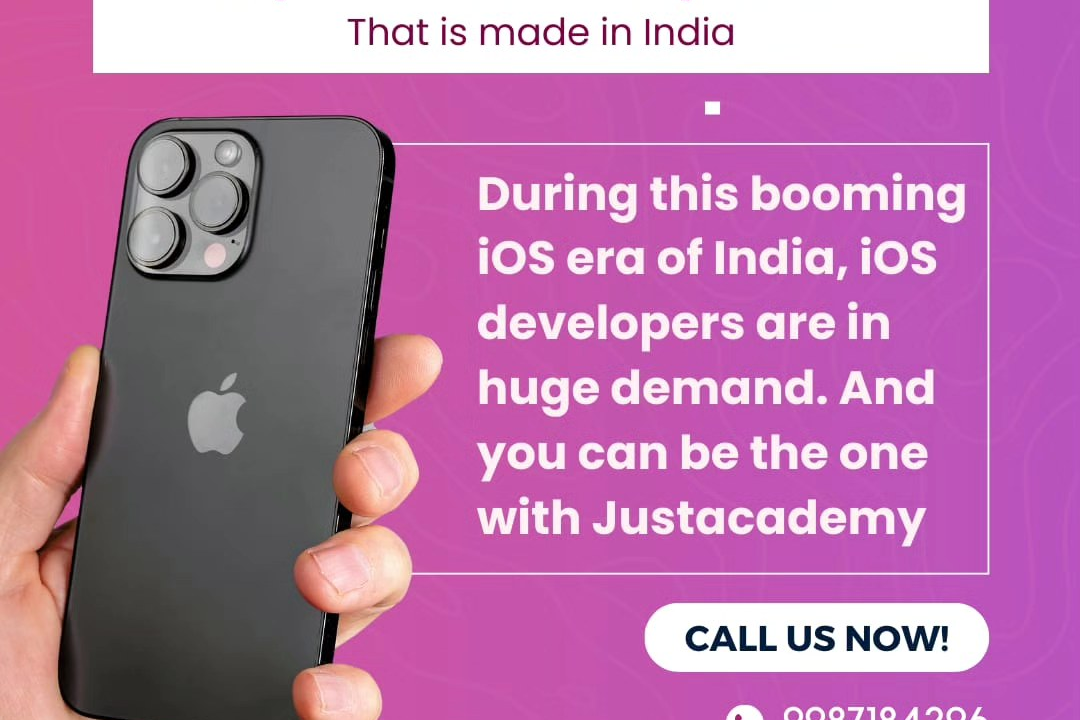Android studio classes
Mastering Android Studio: Essential Classes and Concepts
Android studio classes
Android Studio is an integrated development environment (IDE) designed for Android app development, featuring various classes that facilitate the creation and management of Android applications. Key classes include `Activity`, which serves as a single screen in an app; `Fragment`, which represents a portion of the user interface within an Activity; and `View`, which is the base class for UI components like buttons and text fields. Other important classes include `Service`, allowing background operations; `BroadcastReceiver`, which listens for and reacts to system-wide broadcast announcements; and `ContentProvider`, which manages app data sharing. Android Studio provides tools for building, debugging, and testing these classes alongside a rich set of libraries and APIs, making the app development process more streamlined and efficient.
To Download Our Brochure: https://www.justacademy.co/download-brochure-for-free
Message us for more information: +91 9987184296
1 - Introduction to Android Studio
An overview of Android Studio, its features, and its importance in Android development. Discussing the IDE interface, layouts, and project structures.
2) Setting Up Android Studio Environment
Step by step guidance on downloading, installing, and setting up Android Studio, along with necessary SDKs and configuring system requirements.
3) Understanding Android Project Structure
Explanation of the standard folder structure of an Android project, including src, res, and manifest directories, and what each part contains.
4) Creating Your First Android App
Hands on experience in creating a simple “Hello World” app, covering creating a new project and exploring the layout editor.
5) Activity Lifecycle
Understanding the lifecycle of an activity in Android, including methods like onCreate(), onStart(), onResume(), onPause(), etc., and the implications for app behavior.
6) User Interface Design
Introduction to Android UI components such as Views and ViewGroups. Design principles and best practices, including ConstraintLayout, LinearLayout, and FrameLayout.
7) Using XML for Layouts
Learning how to design user interfaces using XML, including defining layouts, attributes, and guidelines for creating responsive designs.
8) Intents and Navigation
Covering intents for navigating between activities, starting activities, passing data through intents, and understanding the back stack.
9) Working with Resources
Understanding resource management in Android, including strings, colors, dimensions, and how to use resource qualifiers for different devices.
10) Data Persistence
Introduction to various methods of data storage in Android, including SharedPreferences, SQLite databases, and employing Room for database management.
11) Networking in Android
Overview of networking in Android with libraries like Retrofit and Volley, making API calls, and handling JSON responses.
12) Handling User Input
Exploring different input methods in Android, such as EditText, buttons, gestures, and event listeners for capturing user input.
13) Working with Multimedia
Introduction to media handling in Android, including how to play audio, video, and working with image resources and animations.
14) Debugging and Testing
Techniques for debugging applications in Android Studio, using the Logcat, setting breakpoints, and running unit tests and UI tests.
15) Publishing Your App
Steps to prepare and publish an Android app on the Google Play Store, including generating signed APKs, creating app descriptions, and adhering to guidelines.
16) Introduction to Kotlin
Basic concepts of Kotlin, the preferred programming language for Android development, including syntax, control flow, and object oriented principles.
17) Understanding Fragments
Explanation of fragments, how they work within the activity lifecycle, and best practices for using fragments for building flexible UI components.
18) Android Architecture Components
Overview of Android Architecture Components like ViewModel, LiveData, and Lifecycle aware components for creating robust applications.
19) Working with Third Party Libraries
How to integrate and leverage third party libraries (e.g., Glide for image loading, Gson for JSON parsing) into Android projects using Gradle.
20) Best Practices for Android Development
Discussing clean code principles, efficient memory management, security practices, and performance considerations in Android app development.
This comprehensive program will equip students with fundamental and advanced skills necessary for developing Android applications using Android Studio.
Browse our course links : https://www.justacademy.co/all-courses
To Join our FREE DEMO Session: Click Here
Contact Us for more info:
Difference Between React JS and Node JS
Cheapest Free Online iOS Training and Placement in Bangalore
tableau free tutorials
Flutter Training in Ozar
ASP NET Object Model











